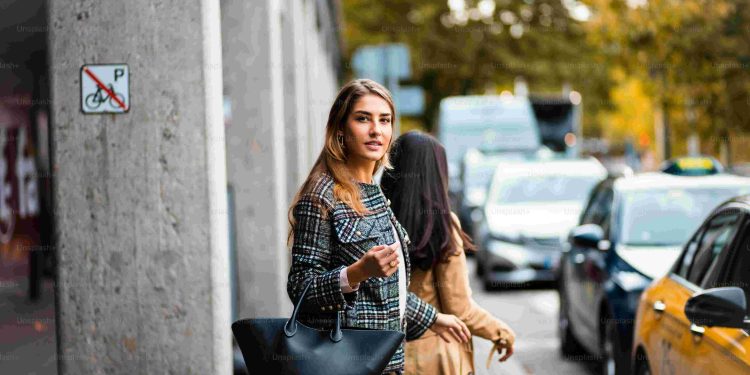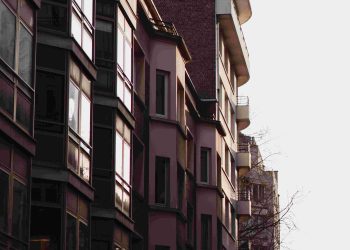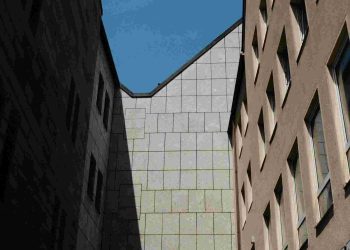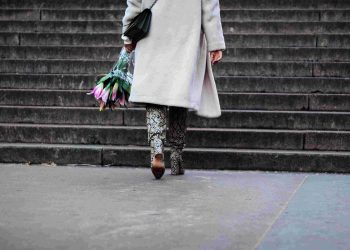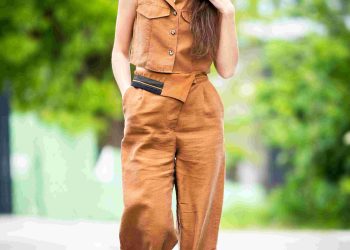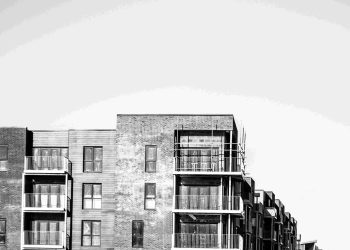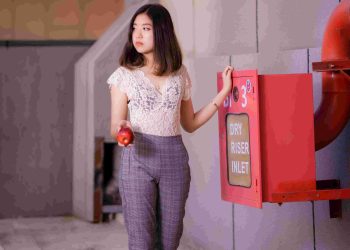Urban Edge Lifestyle Trends
The Bold Reframing of Urban Living
What if city living weren’t the chaotic hustle we’ve all been conditioned to accept? Instead of embracing stress as a badge of honor, what if urban life could embody a more harmonious rhythm—a fusion of productivity and mindfulness? This isn’t utopian dreaming; it’s the burgeoning reality shaping modern urban lifestyles.
Personal Encounters in an Evolving Metropolis
A few years ago, I relocated to a major city believing that success was synonymous with sleepless nights and relentless networking. But amid towering skyscrapers and relentless tempo, I stumbled upon pockets of innovation that shattered this worn stereotype. Tech hubs pioneering remote-collaboration models, coffee shops transitioning into spaces of silent reflection, and city parks reimagined as mindfulness havens shaped my perspective. Suddenly, urban living was more than just surviving—it was a space for thriving.
Rethinking the Core Assumptions
Tradition tells us that urban success equates to nonstop grind. However, psychological studies reveal a different story: long-term focus and creativity bloom not in chaos but in environments where stress mitigation is prioritized. This aligns with growing global trends—‘slow living’ advocates combining high-achievement lifestyles with relaxation-centric spaces, and urban dwellers championing “third spaces” outside work and home to foster inspired collaboration.
Bridging Philosophy and Technology
When philosophers and technologists collide, magic happens. Cities worldwide are now integrating hyper-contextual solutions through technology. For instance, AI-driven platforms help individuals schedule intentional downtime, while architects employ biomimicry principles—drawing from nature’s designs—to craft urban environments that combat burnout on a physiological level. It’s about strategically applying innovation, not chasing it blindly.
Future-Proofing Urban Lives
The future brings forth dynamic shifts in urban trends. What does this look like? Expect smart cities where personal wellness monitors integrate with public infrastructure to guide individuals to less crowded metro rides or peaceful parks. Think about co-living spaces that provide not just housing, but an ecosystem rich in spontaneous mentorship opportunities. Visualize grocery stores that include community kitchens for collaborative cooking—shrinking the distance between strangers.
Actionable Steps: The Urban Playbook
-
Embrace Multi-disciplinary Curiosity:
Read widely, across domains—psychology, sociology, and technology—to understand how intersections reframe urban living. -
Reimagine Your Routine:
If you live in a city, push boundaries by incorporating meditation hours into overpopulated areas, or find events promoting slow-paced social learning. -
Demand More from Urban Spaces:
Advocate for intelligently constructed parks, co-working spaces, and transit systems tailored to enhance wellbeing. -
Stay Adaptive:
Urban lifestyles will undergo seismic shifts; stay informed and continually recalibrate personal strategies.
Closing the Loop
Urban living is no longer rooted in exclusivity, materialism, or perpetual motion. Instead, it’s increasingly defined by its quiet sophistication—a balance between edge and ease. As cities evolve, so too should our relationship with them. This dynamic partnership calls on us to continuously learn, adapt, and engage. Don’t just survive the urban jungle; challenge it, reshape it, and make it a canvas for thriving in ways you never thought possible.

